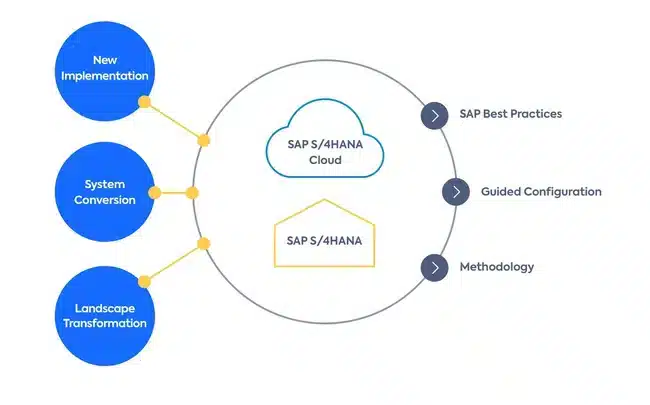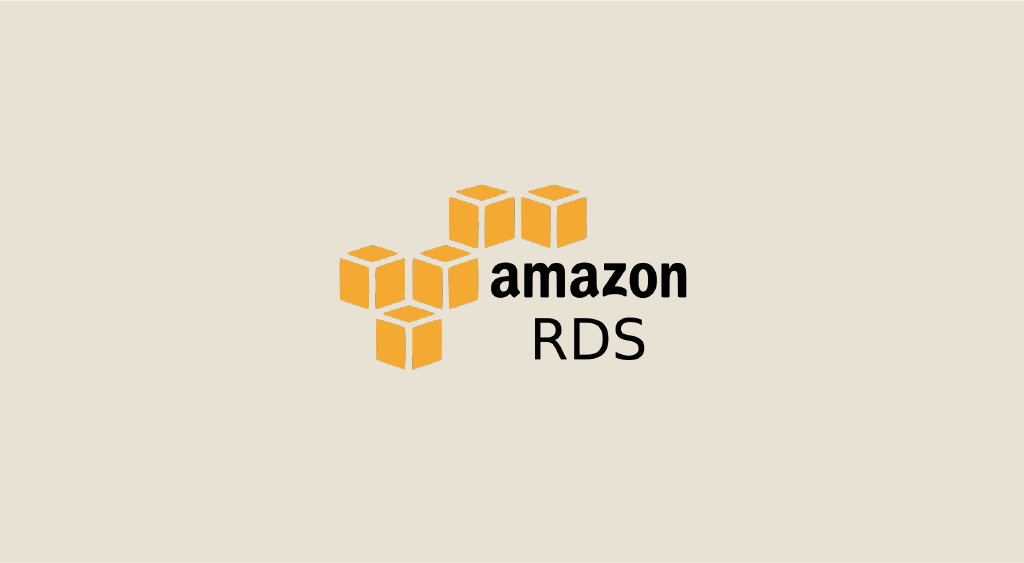Amazon Relational Database Service (Amazon RDS) is an AWS-managed cloud database service that makes it easy to set up, run and grow a relational database in the cloud. RDS supports a wide range of database engines, including Amazon Aurora, MySQL, MariaDB, Oracle and Microsoft SQL Server.
What are the advantages of Amazon RDS?
One of the main advantages of using Amazon RDS is that it gives you access to a database without having to install and maintain database software on your own infrastructure.
This can save you a lot of time and resources, as you don’t have to worry about patching, backing up or scaling your database.
Amazon RDS offers a number of features that can help you manage your database:
- Database commissioning without server management.
- Automatic application of software patches, with the option of specifying time slots for maintenance.
- Automated backups of your databases, with rapid restoration, including transaction logs and Amazon S3.
- Multi-AZ deployments. In the AWS infrastructure, this means creating a read-replica in a second Availability Zone within the same AWS region.
- Data encryption management at rest and in transit.

Another advantage of Amazon RDS is that you can easily increase or reduce the size of your database as your needs change. For example, if you need more capacity to cope with a sudden increase in traffic, you can easily scale your database without having to worry about the underlying infrastructure. So you can avoid downtime and ensure that your database can handle the load.
In addition to its scalability and ease of use, RDS also offers a number of security features to help protect your data. Amazon RDS also integrates with other Amazon Web Services (AWS) security features, such as AWS Identity and Access Management (IAM) and AWS PrivateLink.
What are the features and functions of Amazon RDS?
Amazon RDS offers different types and sizes of instances (the machines that host the server), so you can choose the one that offers the right balance of compute, memory and storage for your database. You can also choose from different pricing options, including on-demand, reserved and one-off instances, to get the best value for your workload.
In addition to its core functionality, RDS also provides a number of tools and services to help you manage and maintain your database. For example, you can use the RDS Management Console to monitor the performance and status of your database, and set up alerts to notify you of any malfunctions. You can also use the Amazon RDS API to automate common tasks, such as database creation and deletion, database parameter modification and backups.
RDS also integrates with a number of other AWS services, such as Amazon Elastic Container Service (ECS), Amazon Elastic Kubernetes Service (EKS) and AWS Lambda, to help you build and run modern, cloud-native applications. For example, you can use RDS as a data store for a microservices-based application running on ECS or EKS, or trigger AWS Lambda functions in response to changes to your database.
In addition to its integration with other AWS services, RDS also offers a number of options for connecting to your database from external applications and tools. You can use standard protocols such as JDBC, ODBC and PHP PDO to connect to your database from a wide range of platforms and languages. You can also use the AWS Database Migration Service (DMS) to migrate your existing database to RDS, or replicate data between RDS and other data stores.

Amazon Aurora: What is it?

Announced at AWS re:Invent 2014, Amazon Aurora is available with the RDS service. Aurora is compatible with MySQL and PostgreSQL engines and guarantees throughput up to 5 times that of a standard database, for the same hardware.
In terms of security, Amazon Aurora isolates your data within a private network (VPC) and can automatically encrypt your data in transit. What’s more, Aurora is designed to offer over 99.99% availability, replicating data six times in 3 availability zones and backing it up continuously in Amazon S3.
Restoration in the event of physical failure of the storage system is transparent, and instances typically restart in less than a minute. This ensures fault tolerance.
One of Aurora’s major advantages is its ability to separate reads and writes. While the latter will have to be done on the main database (master), replicas will be able to distribute reads and thus avoid overloading the main database.
Available since September 8, 2016, Aurora supports up to 15 read replicas per database, which can evenly distribute the load and queries between them.
In the event of a failure on the main database, failover will take place automatically or according to an order you determine, without having to modify your infrastructure. This greatly simplifies the management of your information system.
Conclusion
AWS RDS is a comprehensive, flexible service that can meet the needs of a wide range of applications and workloads. Whether you’re running a simple web application or a complex enterprise system, RDS has the tools and capabilities you need to create and operate a scalable, reliable database in the cloud.
And if you want to further enhance the performance, security and high availability of your databases, the Aurora service will meet your application needs.










